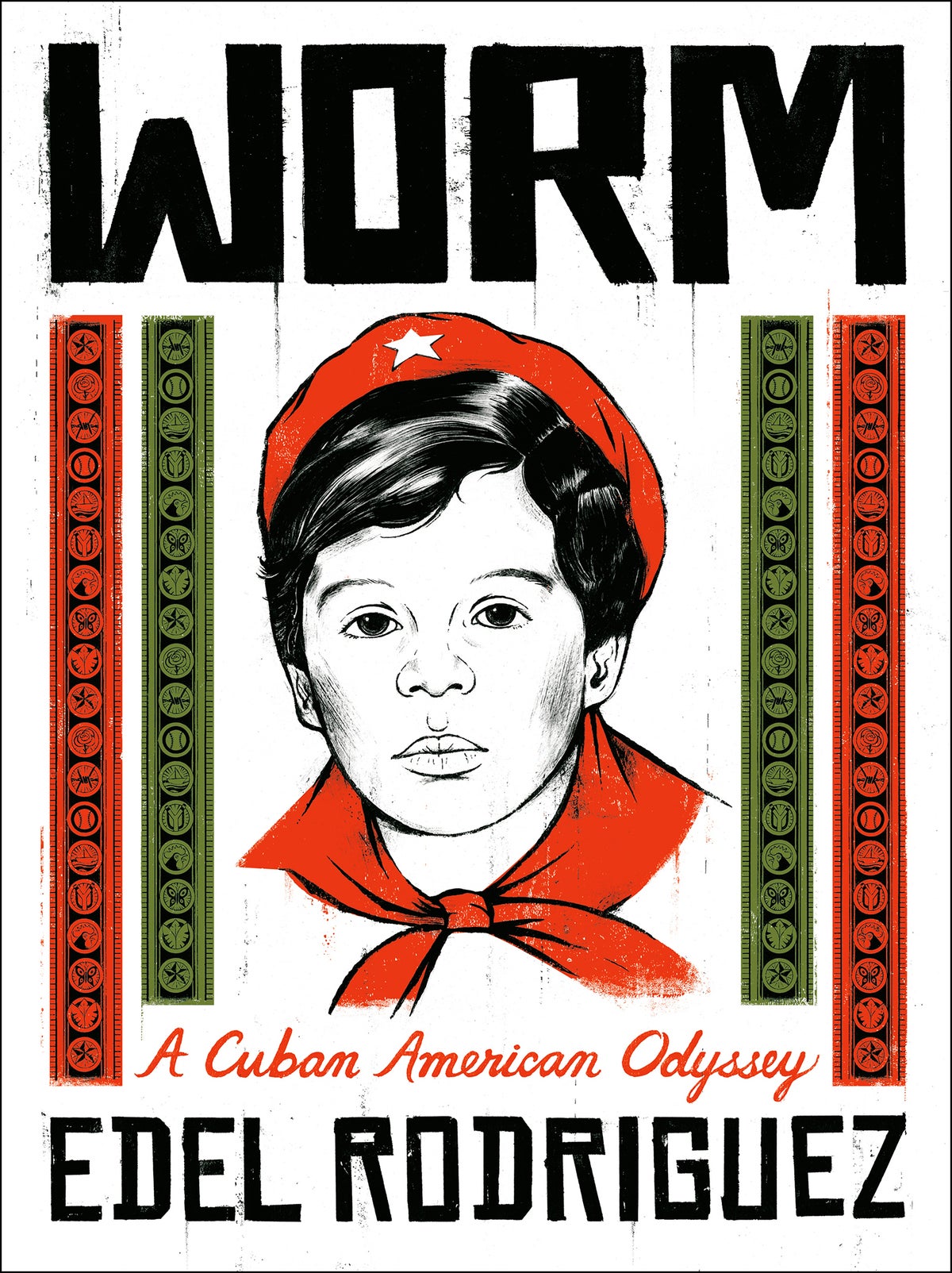
Decades before Edel Rodriguez made his iconic, mouth-only political illustration of Donald Trump for the cover of Time magazine, he was a boy growing up in Fidel Castro’s Cuba.
In his new graphic memoir, “Worm: A Cuban American Odyssey,” Rodriguez mixes historical context and personal stories to recount his harrowing journey growing up under — then escaping — Communism and authoritarianism in Cuba, as well as the warning signs he recognizes in America today.
Before diving into his life, Rodriguez paints a picture of the Cuba he was born into, starting with a short history of the Cuban Revolution that culminated in the January 1959 insurrection and Castro seizing power.
Then, Rodriguez zooms in to focus on the small town of El Gabriel, 40 kilometers (25 miles) south of Havana, where his family has lived for generations. Here we see the echoes of Cuban politics in Edel's daily life as his grandfather saves every scrap and his grandmother warns that the walls have ears.
The style is similar to the simplistic but expressive look of his famed political cartoons, but with a printmaking look. Rodriguez uses a limited, layered color palette — mainly red, green and black like the Pan-African flag.
But the mildly cartoon-y style is sometimes broken up by detailed portraits and elegant compositions. A depiction of his grandmother holding young Edel early in the book recalls Dorothea Lange’s photojournalism of the Great Depression, surrounded by streaky black darkness. Depictions of roses, a skull, a goat and a Santería evil eye dance around them, illuminated in sepia spotlights and looking like they could have come straight from a deck of tarot cards. It makes for a arresting piece that takes up the entire page.
Most of the panels in “Worm” are large — if not full-page illustrations, the space is often split into thirds or halves, letting traditional paneling fall by the wayside in favor of sweeping images marked by chunky notes of narration. Even speech bubbles tend toward full paragraphs.
Uniquely positioned to comment on autocracies and authoritarianism, Rodriguez reveals his personal fears about the future of the United States, particularly after the Jan. 6 insurrection. He portrays the crowd on the Capitol much like the one in Havana in January 1959 that start the novel, bringing it full-circle in a striking visual comparison.
It's these moments at the end that bump “Worm” up from good to great.
The final chapter is a touching, personal interview with Edel’s father. Namely, he wants to know, why did his parents take such risks to put their family on a rickety old fishing boat for an overnight voyage to Florida? Why go to America, when they were already preparing paperwork for Spain?
After everything Edel and his family went through, after seeing how his peers who stayed in Cuba fared, after witnessing how narrowly the U.S. managed to hang onto democracy, what his father passes along proves a heart-rending ending that gives a slight tilt to the story, reframing Rodriguez's historical memoir as a sincere warning.







